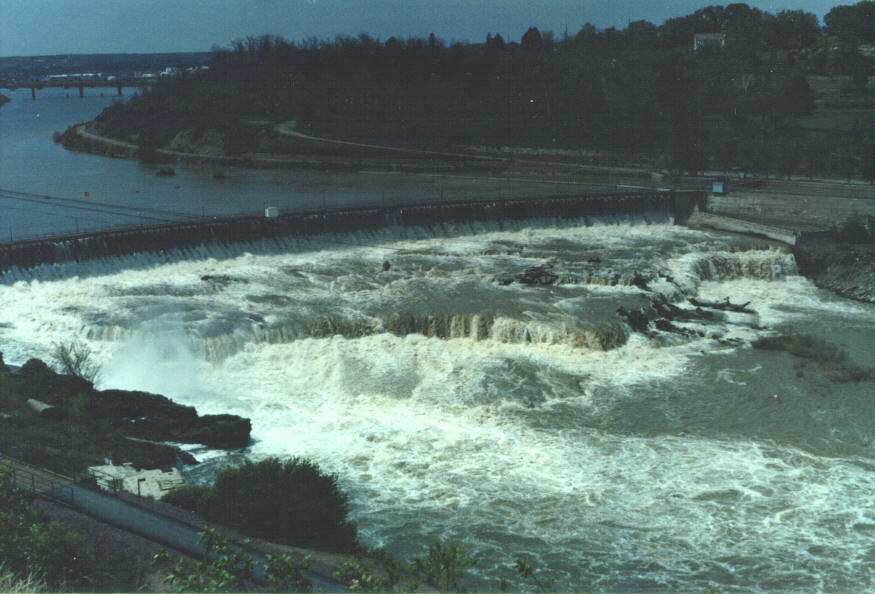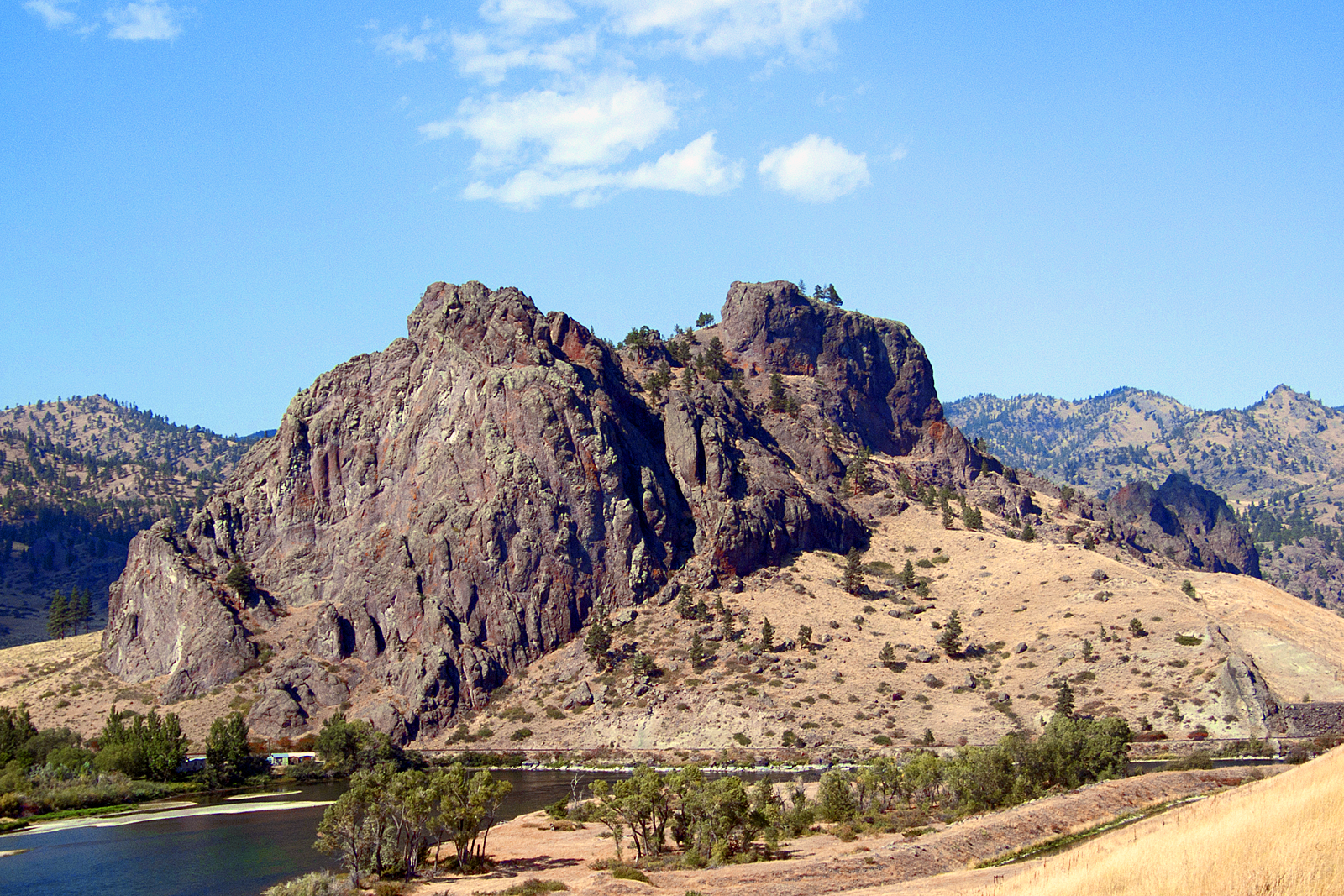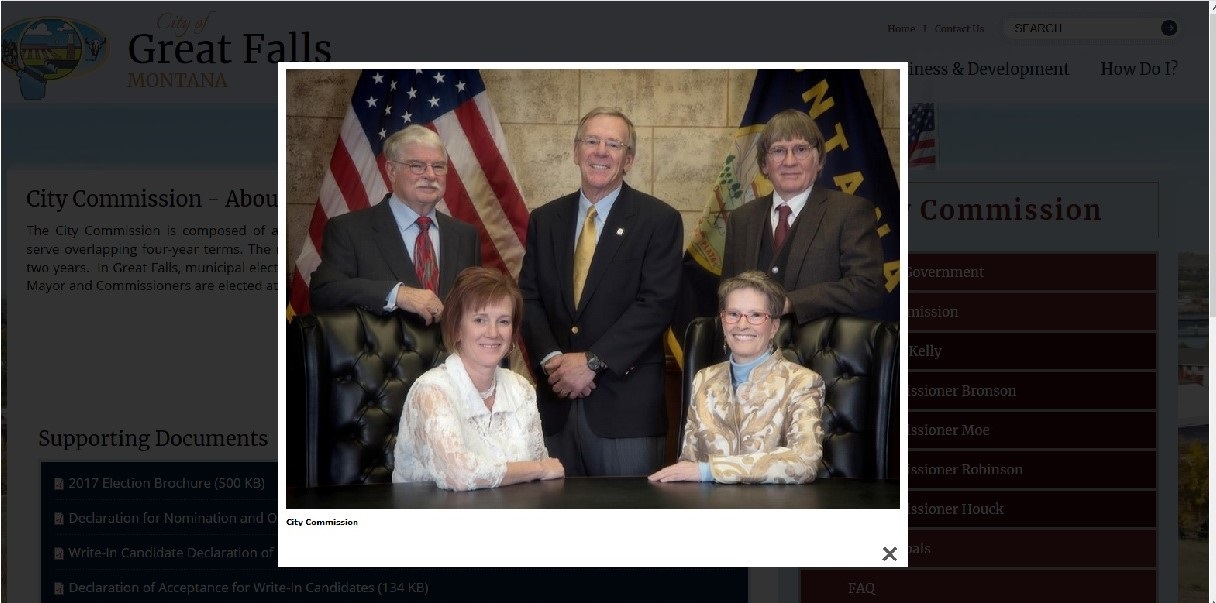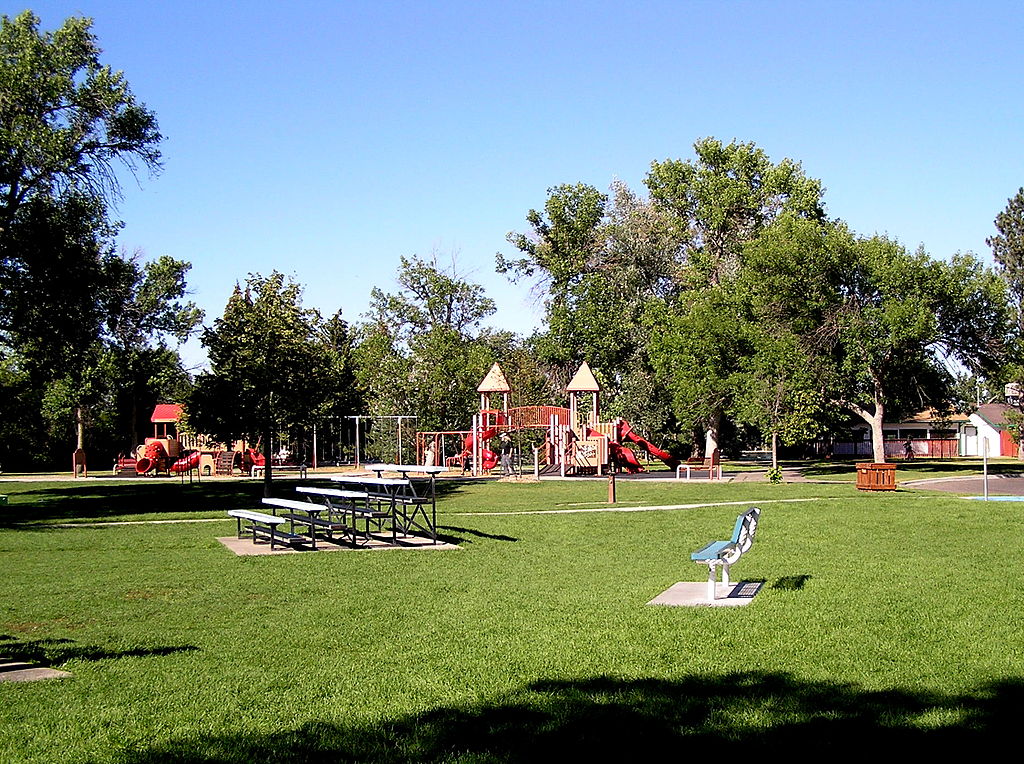IMPORTANT! It has come to my attention that there is a misconception among Cascade County residents that since the county commissioners voted to oppose the National Heritage Area, it is a dead in the water. I’ve gotten quite a few messages and phone calls from folks who believe that but nothing could be further from…
Author: Jeni Dodd
Big Sky Country National Heritage Area – Boon Or Boondoggle? Part 2
Editor’s note: This is the first of a two part series the effort to have Cascade County designated as a National Heritage Area. Here’s a link to Part 1. NHA NEGATIVE IMPACTS So you may wonder if and where negative impacts have occurred in conjunction with National Heritage Areas. If you ask the National Park…
Big Sky Country National Heritage Area – Boon Or Boondoggle? Part 1
Editor’s note: This is the first of a two part series the effort to have Cascade County designated as a National Heritage Area When I first learned of a plan to create a National Heritage Area (NHA) in Central Montana, I initially wasn’t opposed to it. At that time, I heard inklings that the proposed…
How Much ‘Moe’ Cash Will Shady Deal Cost Great Falls?
_______________________________________________________________________ The developments with the potential city/Maclean Animal Center are quite disturbing to me. Yes, legally two commissioner can apparently meet with members of groups, including the Maclean. They claim these meetings are not secret because Commission Robinson mentioned investigating a city partnership with the Maclean as a commission initiative back in February. Mayor Kelly…
Government By And For The People Of Great Falls?
________________________________________________________________________ Last year, we had the City of Great Falls’ Department of Housing and Urban Development/Community Development Block Grant funding conflict of interest debacle. Before that, we had the Electric City Power fiasco. I think you get my drift. It’s important to be ever vigilant about the workings of our government, a government by…
Houck Doesn’t Represent Me
________________________________________________________________________ It appears our Great Falls City Commissioner Houck has become the self-appointed arbiter of civility, political responsibility and justice. We’re in trouble now. Houck lectured Senator Daines on Facebook. She opines that he doesn’t speak on behalf of the majority of Montanans and that he certainly doesn’t represent the views and wishes of…
Great Falls Golf Courses – On Par?
Golf is a valued recreational activity in Great Falls, however, some are now voicing concerns regarding the long term sustainability of two municipal golf courses in Great Falls and the Park and Recreation Department’s ability to continue to operate them. The City of Great Falls is responsible for Anaconda Hills and Eagle Falls golf courses….
Cascade County Commissioner District Maps
Editors note: The deadline to file for county-wide elections is March 12. The only Cascade County Commission seat up for election is the District 3 seat currently held by Democrat Jane Weber. So far, Weber is unopposed. Commission candidates must live within the district they are running to represent. Lots of folks have been complaining…
HUD Debacle: City’s Response Puzzling
The City Commission’s response to HUD findings of conflicts of interest in Jenn Rowell’s February 21 article on The Electric are a bit perplexing. https://theelectricgf.com/2018/02/21/mayor-issues-apology-on-cdbg-process-staff-addresses-recent-hud-letter/ Here’s a quote from Rowell’s story: “The city is not fighting the HUD findings related to the CDBG process, but is following up in regards to HUD’s interpretation of City…
More Taxes For City Parks?
This spring, voters will decide whether to support or defeat another tax burden for the already strapped taxpayers of Great Falls. The park district resolution passed at the February 6 commission meeting. Voters will be asked on May 8 whether they’re willing to create and fund a Great Falls park district. The discussion at…










